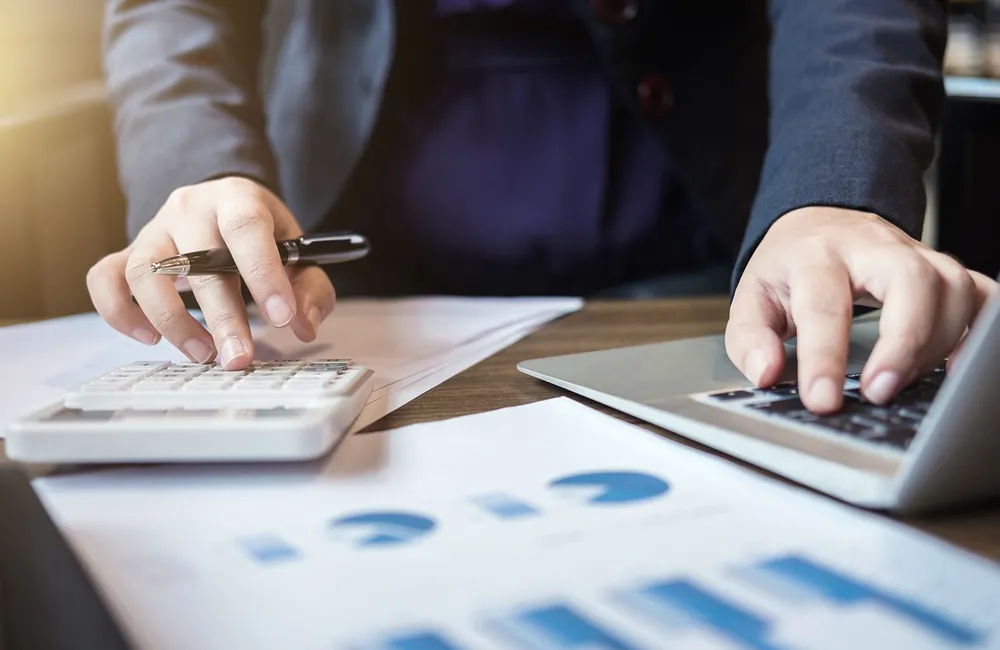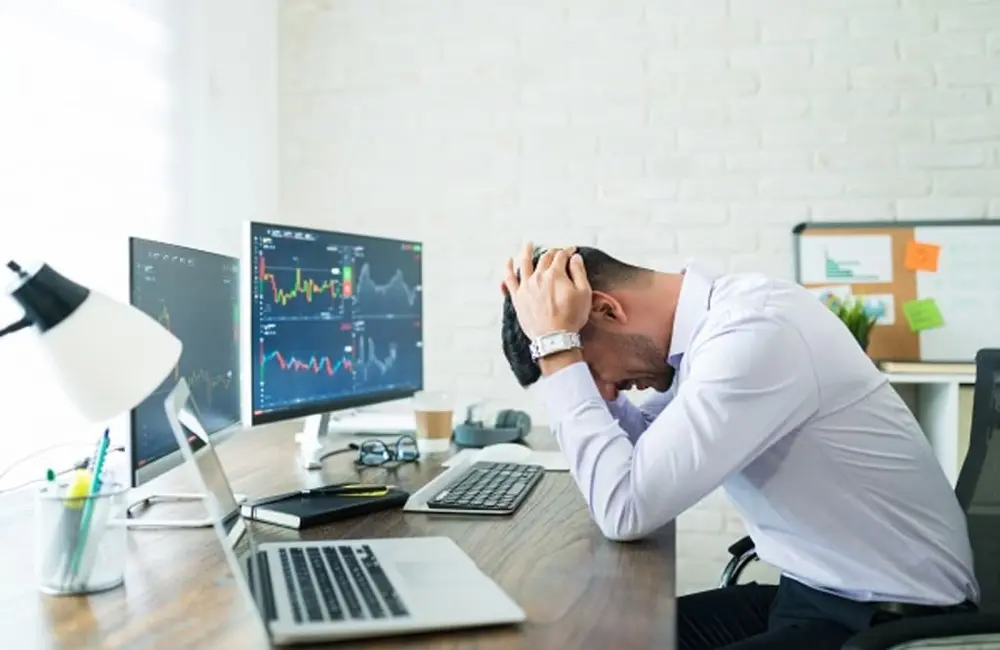Consider these six snapshots:
1. China's GDP Growth and Export Impact
Little more than a year ago, markets were worried that Chinese GDP growth was dropping to 8% a year. Look at the chart below. China was always expected to be a punching bag at the start of the pandemic in 2020, but in the recent quarter, more than two years after the first outbreak, the economy is flat, with flow-on effects for our exports to our largest trading partner. The population of low-cost workers who migrated by the millions from the countryside to the city to work in factories is no longer cheap relative to many other low-cost nations.
2. Political Shifts and National Pride
For decades, the ability to lift its people out of poverty was the source of strength for the ruling Chinese Communist Party. Yet with economic growth plodding along, President Xi is moving the basis of his legitimacy to national pride and military power that involves greater confrontation with the West. The cyber attack came after US House Speaker Nancy Pelosi’s visit to Taiwan this week caused a crash of Taiwanese websites, and China took targeted military actions and issued a ban on 100 Taiwanese brands. Russia and North Korea lined up in support of China. Former ADF chief Angus Houston says Australia is now in the worst security environment he has experienced in his lifetime.
3. The Cost of Covid Zero Policy
Even as the rest of the world moves beyond Covid by adjusting to a world in which it is a part of daily life, China’s Covid Zero approach results in an immense loss of productivity and disruption of supply chains every time there is a significant wave of infection. By insisting only on useless Chinese vaccines, Xi has also left his country exposed, including millions of people being locked down recently in the manufacturing powerhouse of Shenzhen. The surveys of manufacturers suggest that small and private businesses are suffering weaker demand at home. It is dawning widely that much of the world can no longer depend on cheap supply chains originating in China.
4. Demographic Challenges Facing China
China is spectacularly, monumentally challenged by demography. China - the same as everyone else In his new book, Tomorrow's People: The Future of Humanity in Ten Numbers, Paul Morland claims that China is also facing a dwindling population as the change of their one-child policy has so far proved little. India will soon overtake China as the world’s most populous country. Writes Morland in The Sydney Morning Herald:
“China has a greater average age already than the United States, and is aging very rapidly. If China were interested in trying to keep its population young by appealing to immigrants, it would have to vacuum up the youth of the whole world … China has likely had the biggest population in the world ever since it was a state. It is about to be exceeded, for the first time in thousands of years. And it’s going to get hit by a demographic tsunami in the next few years. In any case, China was due for a major slowdown: consider the declining fertility rates among the Chinese diaspora (Taiwan, Singapore, Malaysia). A society like China's, which has urbanised and developed so quickly and got so educated, was always going to see a steep drop in fertility rates. It would not be quite as sharp and dramatic if there had been no one-child policy, but it would be a problem anyway. Now, a somewhat lesser-than had to present itself will be placed entirely at the door of the Communist Party for its heartless policy. And any attempt now by the Communist Party to change course and get people to have more children will lack credibility.”
5. The Decline of China’s Tech Giants
The big China tech stocks — the likes of Alibaba, Tencent (the gaming and social giant that owns WeChat), China Mobile, Baidu and JD.com were seen as the most likely future challengers to the US giants. Ant Financial was set to list in 2020 and the subsequent listing was expected to raise US$35 billion before the Chinese Government launched a regulatory crackdown that scuttled the deal. Entrepreneurs such as Jack Ma were shunned. Without massive infusions of capital, the possibility of China tech keeping pace with the innovation spurred on by the extraordinary R&D spends of their US rivals diminishes.
6. Real Estate Challenges in China
Real estate and infrastructure spending have led growth in China, but home prices are already falling, and so too are share prices of property companies. Andrew Batson, Research Director at Gavekal Dragonomics:
“Because 90% of China’s residential property transactions are for unfinished housing, as long as the impression grows that you cannot rely on developers to complete construction, will mean an increasingly large group of people won’t want to purchase new housing, and there’s nothing more real-estate-crashing than that.”
China represents about 31% of Australia’s total trade with the world. Already, some China-imposed trade-restrictive measures have led to a significant decline in exports, with reference to 2019. While few investors own Chinese stocks directly, China has become the central geopolitical challenge of our age.
Occasionally, one of the words in a Reserve Bank announcement attracts an outsized amount of focus. The 0.5% rise in the cash rate to 1.85% this week prompted some cautious optimism, based on the last five words of the sentence:
“ … the board anticipated that further steps in the process of normalising interest rates would follow over the months ahead but was not on a predetermined path.”
As an example, Andrew Canobi, Director at Franklin Templeton:
“While the RBA appears to be wanting to see the data that comes through next, then figure out where they stand. And what we believe they’re signaling here is that a large part of the heavy lifting is already complete.”
For me the words don’t sound any different. As this yield curve chart from NAB shows, the existing yield curve, in black, is still flattening with long rates below where they were a month, three months back. For instance, the three-year part of the bank curve has dropped a powerful 0.4% in a month. The market is now pricing cash rates at a 3.2% peak in March of 2023 – a long drop from the 4% on the table in recent months. It will be a relief for the struggling borrowers.
Experts. We love them and hate them. We have their words to use and attack. We agree and we disagree. What wisdom on high! And it is the object of far too much financial commentary every day. So let’s take it to two of the world’s highest-profile and most dedicated experts, both with a commitment to the public education and the public informing side and see where they disagree. Steeping in Ray Dalio and Howard Marks makes you wonder whether there’s a counterpoint to common sense: uncommon sense.
I had the pleasure of working alongside Michael Witts at CBA more decades ago than either of us care to remember, and after over 40 years in the market and the last 12 as Treasurer of ING Bank in Australia, Mike has hung up his boots. He looks at six of the changes in the market, especially mortgages, he has lived through. Stop and smell the roses, Mike.
Meg Heffron wraps up her terrific monthly series on managing SMSFs with some handy help for a reader who asked whether she should wait until they establish a pension account before selling down an asset with a large capital gain. While pension funds are tax-free, the optimal timing may not be as clear as it seems at first blush.
1st July 2022: kB Large super funds have started rolling out their Retirement Income Covenant statements, where lifetime annuities are expected to feature strongly. David Knox points to a pricing discrepancy that will have to be resolved before they are more widely used.
Even though it’s clearly the case that every business is reimagining its need for office space in the wake of staff working from home, as someone who only worked in your industry because he loves office buildings and has seen a lot of empty ones in the Midwest, a gathering place is still vital for corporate culture and collaboration, even if not every damn day like in the old days. Indeed demand for premium space is robust, as Andrew Ballantyne and Steve Bennett write in their survey of the most recent numbers.
Markets sit on the edge of their seat waiting for the latest inflation numbers but inflation is the prime determinant of interest rates and direction so it's no longer alright that the Reserve Bank gets only quarterly data. We are "lagging woefully behind" as Lewis Jackson describes it, compared with all other countries in the G20. For a dozen years, change has been talked about.
We were saddened to hear of the death last week of Phil Ruthven. Phil has been a terrific asset to this publication, delivering reader-popular and high-profile stories since our inception in 2013. We honor his decades-long advice to business leaders by linking to every article written for us, and providing a brief excerpt so you can determine which are worth rereading. Vale Phil.
This week’s White Paper comes from Western Asset, part of the Franklin Templeton family, and explores US inflation now and in the past according to economic growth, wage gains and price differentials.

























